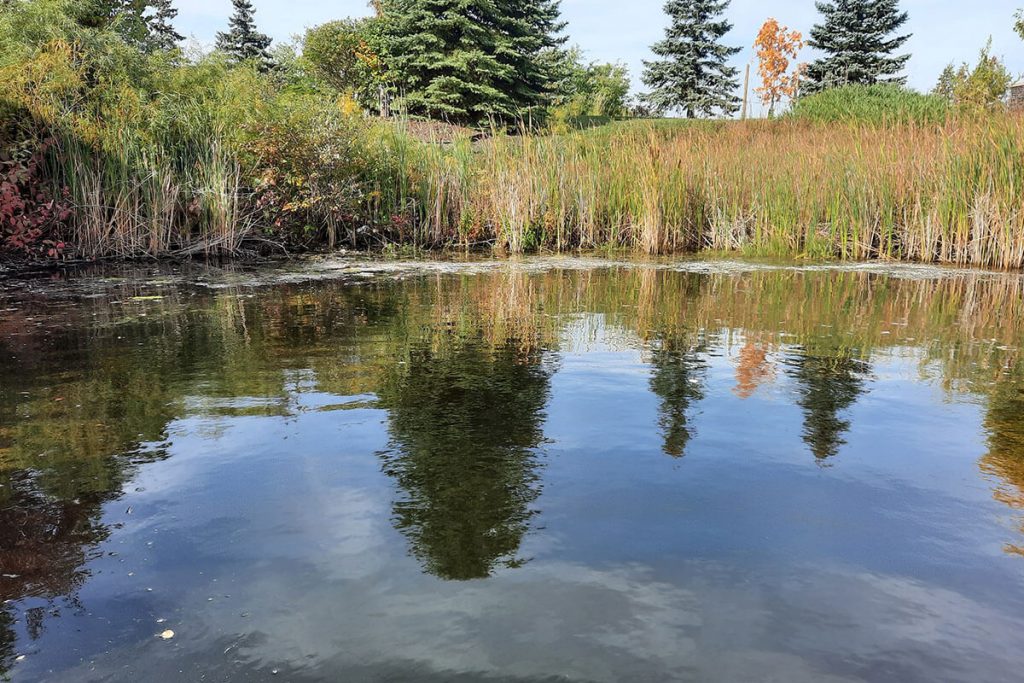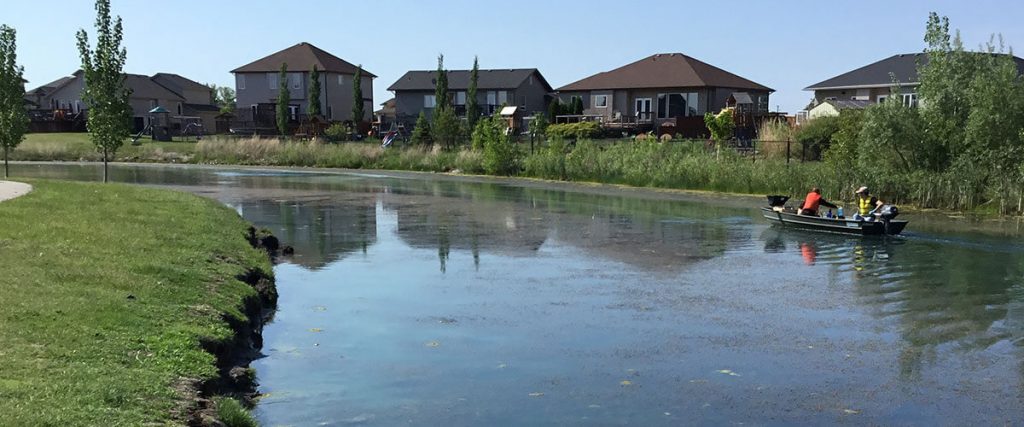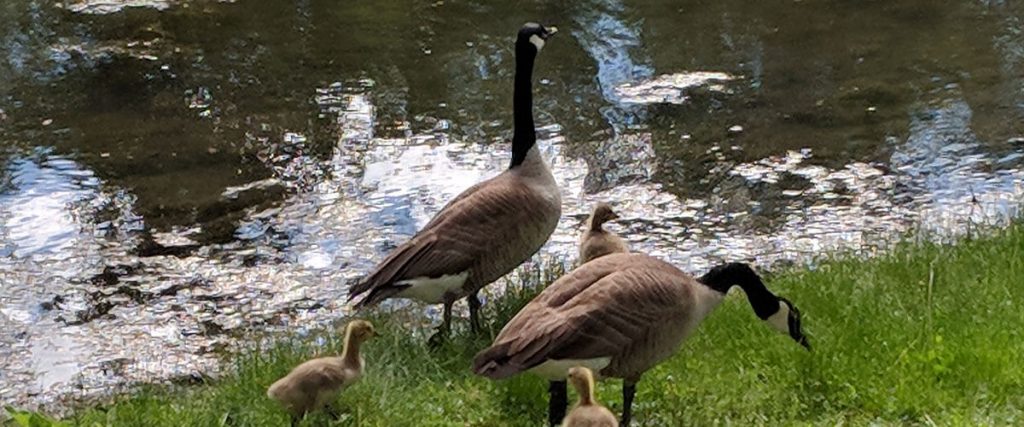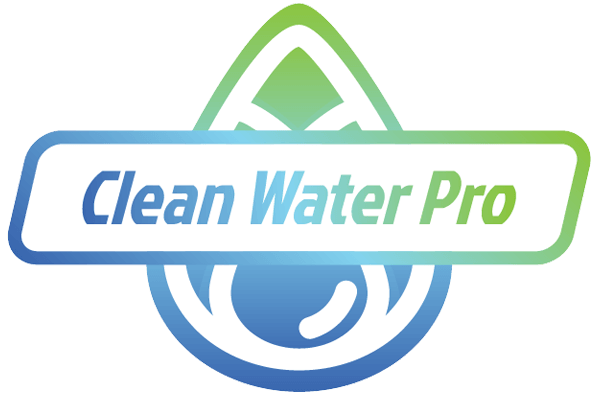What is a Riparian Zone?
The area adjacent to the pond or lake is also known as the riparian zone. It provides an incredible amount of biodiversity for the environment and ecosystem. Riparian zones can add beauty to the pond’s edge, particularly if they are well-designed.

Not only do riparian zones add magnificence, but they also attract ranging biodiversity, improve bank stabilization, and help with overall water cleanliness and clarity.
Continue reading to find out why riparian zones are important and what you can do to keep them healthy.
Biodiversity refers to the variety of all life found in an environment. The riparian zone’s design will impact the biodiversity that it will attract.
Did you know that there are natural ways to deter geese?
Specific plants can be situated along the shorelines to discourage geese from using the body of water to raise their families. Like cattails and bullrushes, tall plants discourage geese from nesting as they feel insecure if they can’t see their surroundings.

Riparian zones are home to insects, birds, mammals, and reptiles. We advise that you have native plant species in your riparian zone because they support the natural ecosystem. Flowering perennials are great for insects such as pollinators like bees.
The area around the pond does not need to be overly large to do an adequate job. 20 – 30 feet is sufficient, and some upland trees/shrubs are also recommended.
Bank Stabilization
Riparian zone and upland plants slow down water and prevent erosion during flooding. The plants found along the shores of ponds, dugouts, and lakes help stabilize the area and prevent riparian zone erosion because the plants catch debris before entering the pond.

The riparian zone is important for stabilization because the plant roots reaching into the subsurface reduce bank erosion by essentially working to help hold the ground together. Plants also can reduce water flow by their water uptake. Unfortunately, shorelines become unstable when a healthy riparian zone is absent, which you can see in the picture to the right.
Water Clarification
The riparian zone around a pond or lake is a filter to clean water before entering the pond. Runoff carries dissolved nutrients into the water. However, riparian plants reduce nutrients reaching the water by pulling up and absorbing nutrients into their system.

Heavily polluted areas will need a higher density of plants to reduce further the amount of nutrients reaching the water. As previously mentioned, plants reduce the erosion of the banks and, as such, reduce sediments reaching the water.
A high suspended sediment load in the water reduces water clarity by increasing turbidity. This can harm the pond’s ecosystem because it reduces the ability of aquatic plants to perform photosynthesis and produce oxygen.
Stagnant Water
Did you know a pond’s goal is to become a grassy meadow?
As with any body of water that is not flowing, it can become stagnant. Muck on the bottom can build up over time, and the pond will essentially fill in.
In addition to a good riparian zone, we also recommend an aeration system to keep the water fresh and healthy. Water aeration systems circulate the water within a pond or lake, preventing water stagnation and fostering clear water.
Water aeration promotes clear water by increasing the natural processes in the water, reducing the nutrient load, and reducing algae and pond weeds. It also works on the muck accumulation at the bottom of the pond by activating the aerobic bacteria that consume the muck!
Looking to learn more? Check out our blog about the dangers associated with stagnant water!
